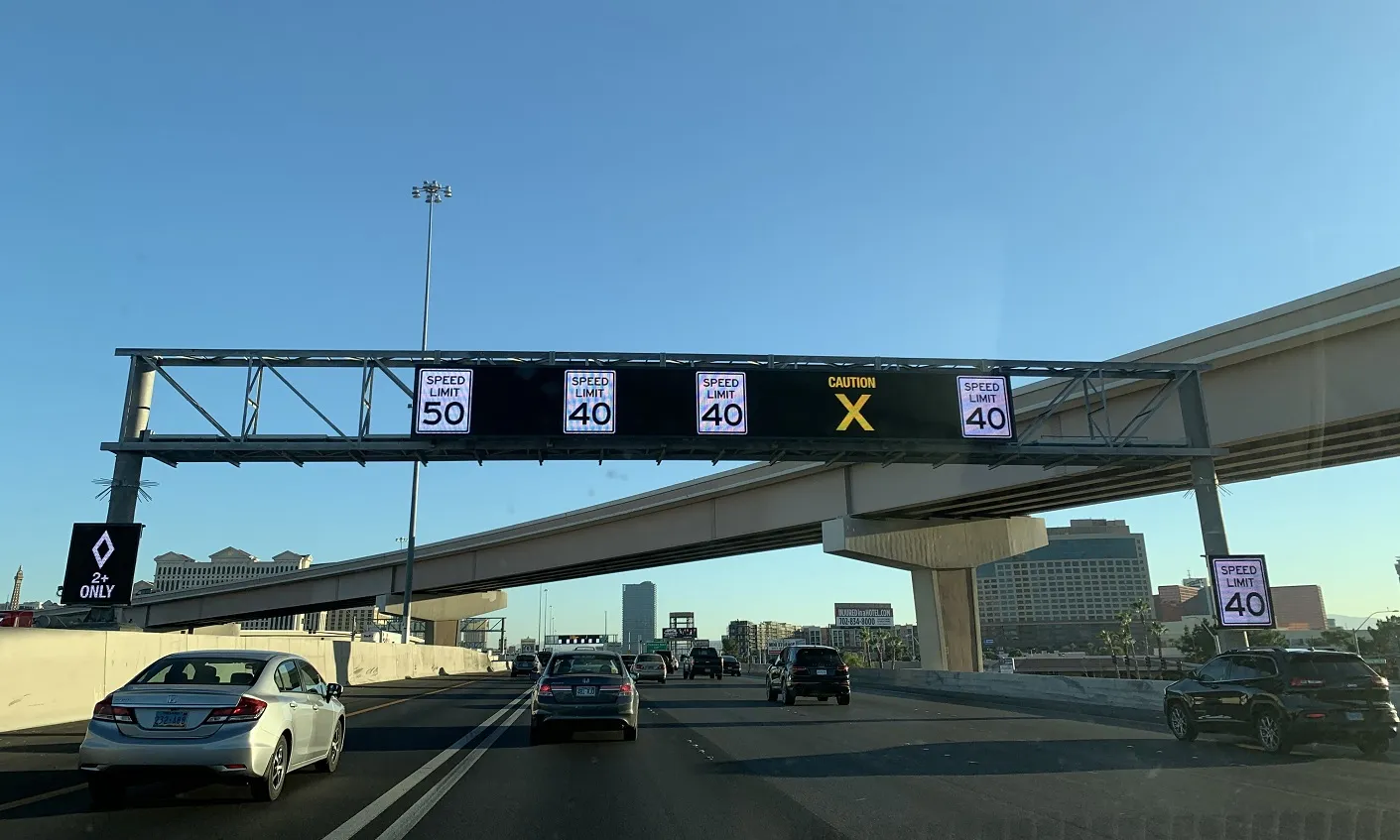Houston TranStar has been awarded "Most Innovative Use of Technology" by the Centre for Digital Government, a national research and advisory institute on information technology policies and best practices in state and local government, for its cutting-edge Bluetooth-based travel time information system. The new deployment, extending north more than 200 miles along the I-45 North corridor to Dallas, gives TranStar the capability to monitor and manage traffic conditions on this major evacuation route.
April 25, 2012
Read time: 3 mins
RSS61 Houston Transtar has been awarded "Most Innovative Use of Technology" by the Centre for Digital Government, a national research and advisory institute on information technology policies and best practices in state and local government, for its cutting-edge 1835 Bluetooth-based travel time information system. The new deployment, extending north more than 200 miles along the I-45 North corridor to Dallas, gives TranStar the capability to monitor and manage traffic conditions on this major evacuation route.
"Houston TranStar is one of the first - if not the first - organisation to implement Bluetooth sensors as a permanent solution to managing traffic," said Houston TranStar director John R. Whaley. "By extending this technology on I-45 between Houston and Dallas, TranStar is continuing down the innovative path for which it is well known and meeting the transportation needs of southeast Texas."
The plan to monitor travel conditions on I-45 came after Hurricane Rita threatened to devastate Southeast Texas in 2005. When millions of Gulf Coast residents evacuated their homes and created a 30-mile traffic jam from downtown Houston along I-45 North, TranStar officials recognised the need for a more extensive traffic monitoring system.
The City of Houston, TxDOT (two of Houston TranStar's four member agencies) and the232 Texas Transportation Institute (TTI) began to investigate solutions to capture real-time travel times and traffic speed data on arterials and freeways. TTI, a state agency within the Texas A&M University System, found that Bluetooth-enabled devices could be used to determine accurate travel times, and could do so in a cost-effective, non-intrusive way that protects privacy and that is easy to install and maintain.
"The Bluetooth-based Anonymous Wireless Address Matching system, or AWAM, can typically be deployed at less than 10 per cent of the cost of traditional toll-tag based travel monitoring systems," said Stuart Corder, TxDOT's director of Transportation Operations, Houston District. "This new system saved taxpayers $1.5 million and let us accelerate implementation of new technology on a major Interstate."
Travel time information is not only available during evacuations, but is accessible 24 hours/7 days a week to provide current travel times between Houston and Dallas. The sensors collect anonymous data that cannot be used to gather personal information. All data collected by the sensors are encrypted upon receipt before being sent to TranStar for processing. The information can be viewed on Houston TranStar's website at www.houstontranstar.org.
"Houston TranStar is one of the first - if not the first - organisation to implement Bluetooth sensors as a permanent solution to managing traffic," said Houston TranStar director John R. Whaley. "By extending this technology on I-45 between Houston and Dallas, TranStar is continuing down the innovative path for which it is well known and meeting the transportation needs of southeast Texas."
The plan to monitor travel conditions on I-45 came after Hurricane Rita threatened to devastate Southeast Texas in 2005. When millions of Gulf Coast residents evacuated their homes and created a 30-mile traffic jam from downtown Houston along I-45 North, TranStar officials recognised the need for a more extensive traffic monitoring system.
The City of Houston, TxDOT (two of Houston TranStar's four member agencies) and the
"The Bluetooth-based Anonymous Wireless Address Matching system, or AWAM, can typically be deployed at less than 10 per cent of the cost of traditional toll-tag based travel monitoring systems," said Stuart Corder, TxDOT's director of Transportation Operations, Houston District. "This new system saved taxpayers $1.5 million and let us accelerate implementation of new technology on a major Interstate."
Travel time information is not only available during evacuations, but is accessible 24 hours/7 days a week to provide current travel times between Houston and Dallas. The sensors collect anonymous data that cannot be used to gather personal information. All data collected by the sensors are encrypted upon receipt before being sent to TranStar for processing. The information can be viewed on Houston TranStar's website at www.houstontranstar.org.









